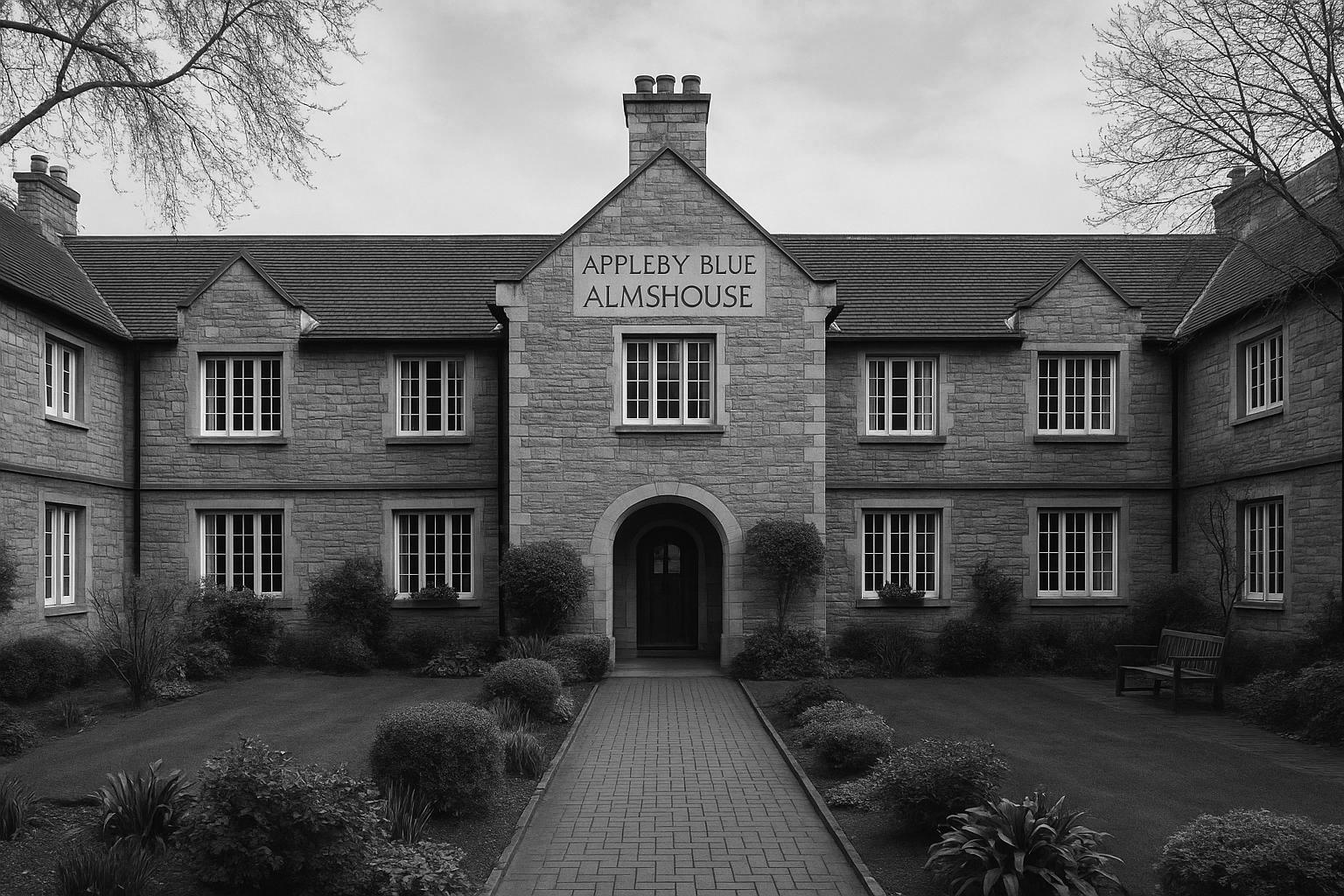In a significant recognition of socially conscious architecture, Witherford Watson Mann (WWM) has won the prestigious 2025 RIBA Stirling Prize for their Appleby Blue Almshouse in London. This senior housing development, commissioned by the 500-year-old United St Saviour’s Charity, was selected over notable competitors, including the restoration of Big Ben, residential projects, a college by Allies and Morrison, and a Cambridge lab facility by Herzog & de Meuron and BDP. The prize underscores WWM’s growing reputation; this marks their second Stirling Prize win, the first being in 2013 for Astley Castle, and their fourth time on the shortlist. The firm now stands alongside major architectural names such as Zaha Hadid Architects, Richard Rogers Partnership (RSHP), and Wilkinson Eyre, noted for their global reach and strong UK portfolios.
Appleby Blue embodies a revitalised concept of almshouses, which date back to the 10th century as one of the UK’s oldest forms of social housing. Historically providing affordable accommodation for vulnerable groups, almshouses have gained fresh relevance in today’s housing crisis. The project addresses acute challenges: a severe shortage of affordable housing, particularly for older people, and the growing loneliness epidemic within this demographic. Jury member and Architectural Association director Ingrid Schroder described the project as “a clarion call for a new form of housing at a pivotal moment,” celebrating its imaginative approach to nurturing community cohesion and wellbeing through design.
WWM’s architectural philosophy emphasises “light, space and joy,” qualities vividly realised in Appleby Blue. The design features 59 spacious, light-filled apartments arranged around a central courtyard garden, framed by oak bay windows stretching two stories. This communal heart serves as a vital social hub, complemented by wide balconies and shared amenity spaces that prioritise connection over private outdoor areas—a move reflecting the needs of the residents. Stephen Witherford, firm director, highlights the project’s success in promoting local ageing: “We’ve created an environment that reduces loneliness, encourages connection, and supports a good later life… benefiting both residents and the wider Southwark community.”
The development champions a “radical yet gentle” reimagining of retirement living by fostering social bonds and allowing elderly residents to remain rooted in familiar urban environments. Delivered in collaboration with Southwark Council and developer JTRE, Appleby Blue contrasts starkly with last year’s Stirling Prize winner, the Elizabeth Line—here, human scale and social infrastructure lie at the core of architectural value. The design’s emphasis on community-oriented features like a shared roof garden and community kitchen further enhances its social impact.
The accolade for Appleby Blue also rekindles attention on WWM’s 2013 Stirling Prize-winning restoration of Astley Castle, a project that uniquely blended contemporary architecture into a historic ruined structure, supported by the Heritage Lottery Fund and English Heritage. This history of thoughtful architectural intervention—whether in historic restoration or innovative social housing—illustrates WWM’s commitment to integrating practical needs and poetic design.
Despite recent criticisms that the Stirling Prize tends to centre on London projects or neglect pressing social issues, Appleby Blue represents a clear exception, with a tangible daily impact on its residents’ lives. The project’s success highlights the potential for architecture to address societal challenges of ageing, loneliness, and housing affordability in ways that enrich communities and promote wellbeing.
📌 Reference Map:
- Paragraph 1 – [1], [2], [4]
- Paragraph 2 – [1], [3], [4]
- Paragraph 3 – [1], [3], [5], [7]
- Paragraph 4 – [1], [4], [5], [7]
- Paragraph 5 – [1], [6]
- Paragraph 6 – [1], [2], [5]
Source: Noah Wire Services
